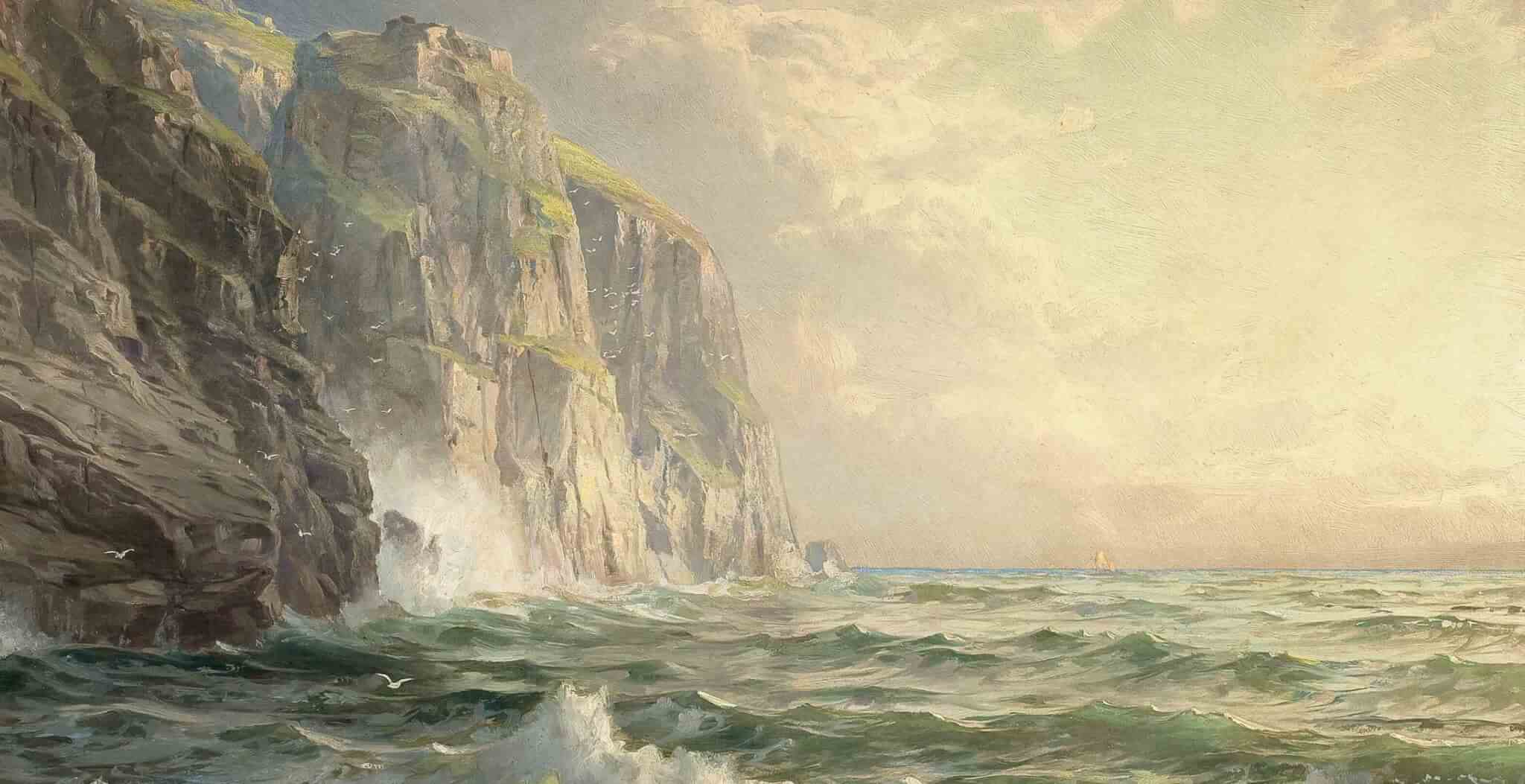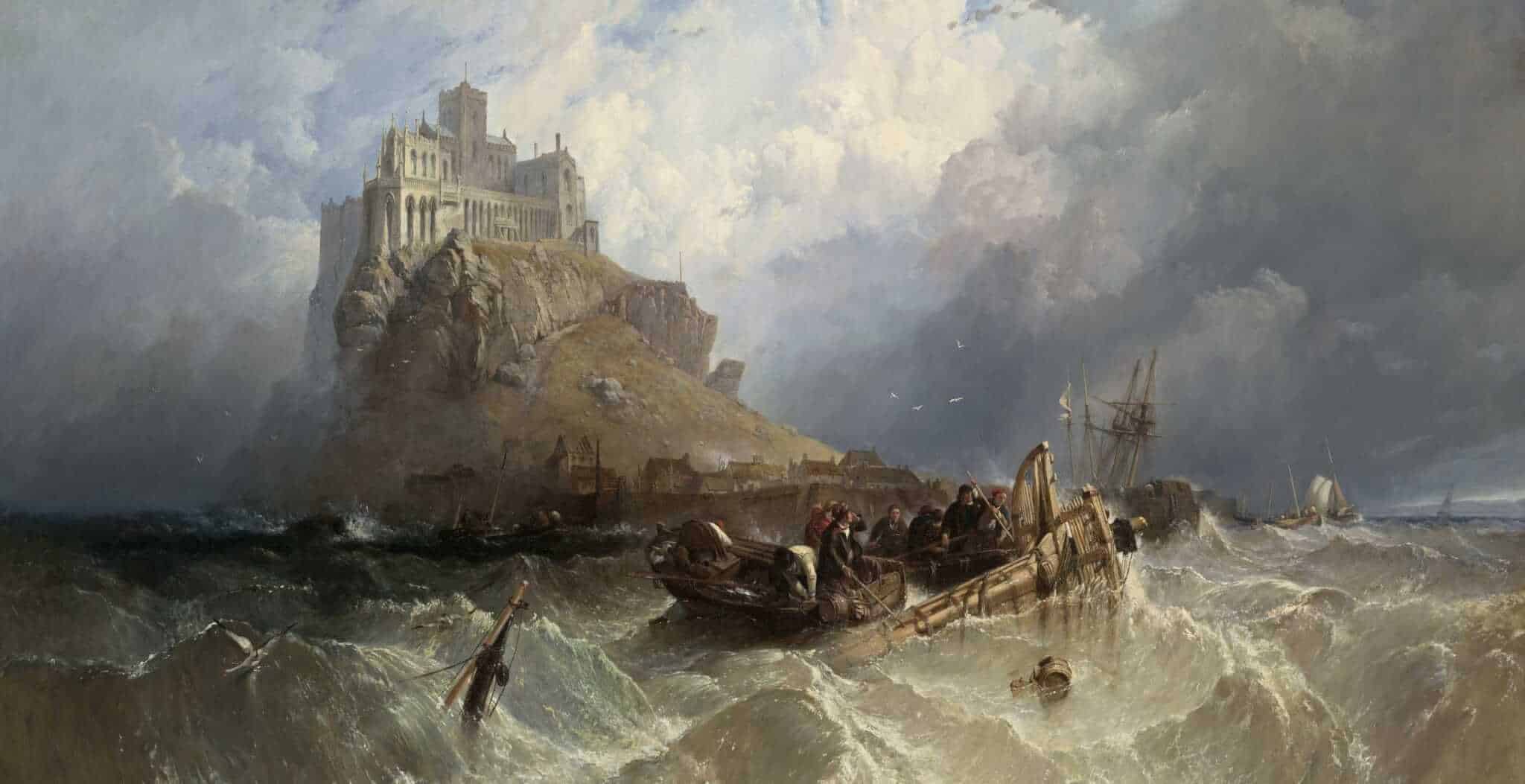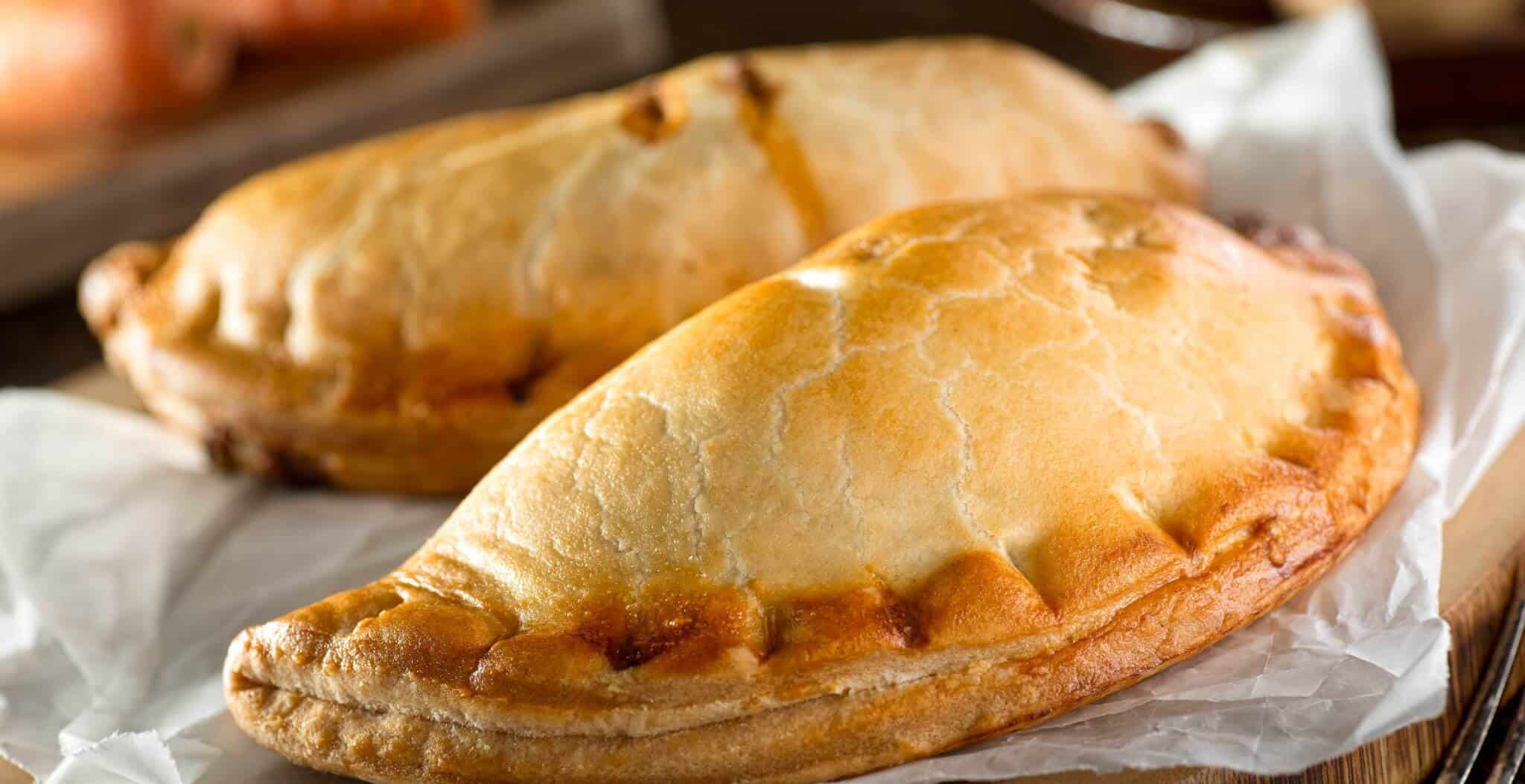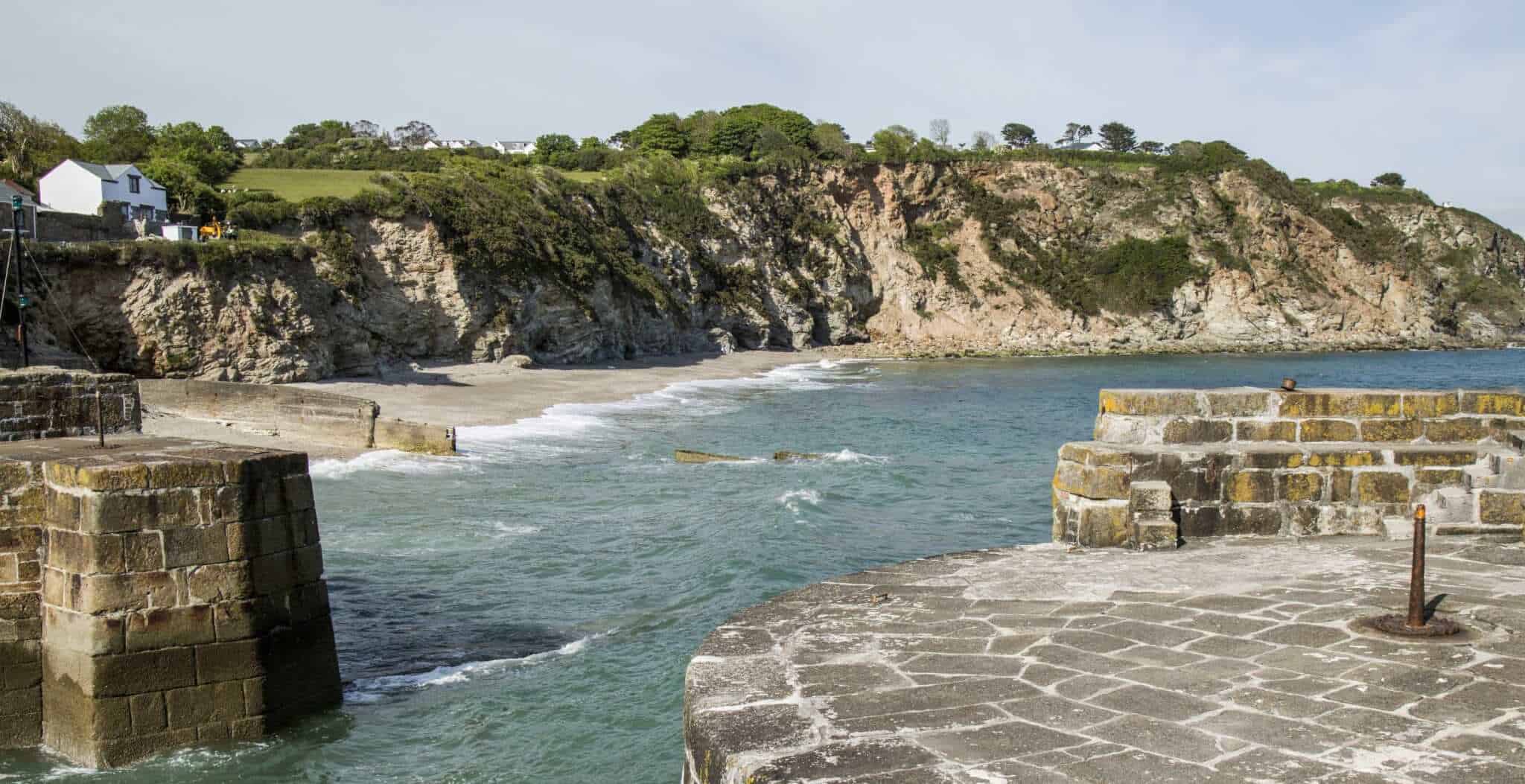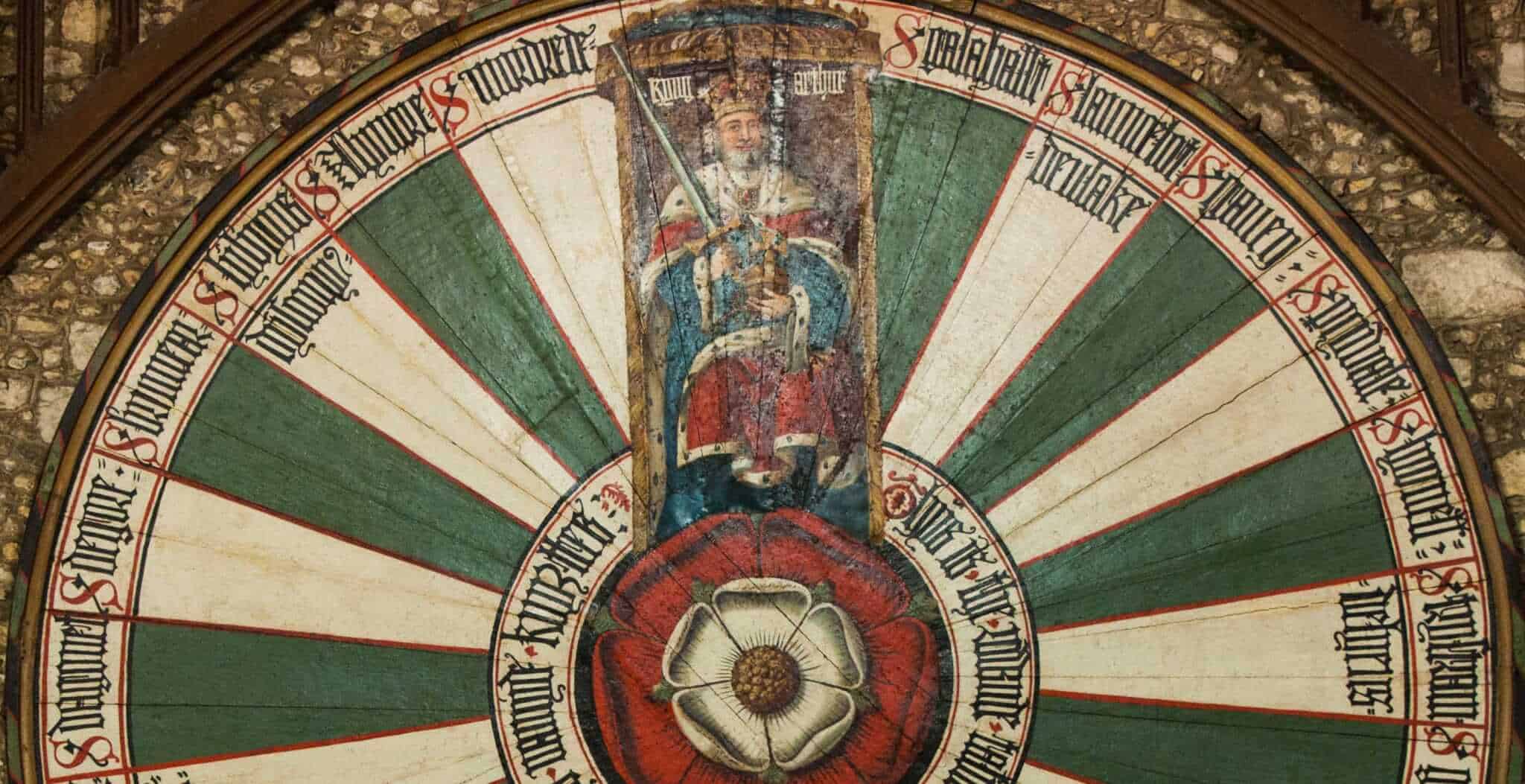Facts about Cornwall
![]() Population: 536,000
Population: 536,000
![]() Famous for: Quaint fishing villages, warm weather, sandy beaches
Famous for: Quaint fishing villages, warm weather, sandy beaches
![]() Distance from London: 3 – 4 hours
Distance from London: 3 – 4 hours
![]() Local delicacies Cornish pasties, cream teas, ice cream
Local delicacies Cornish pasties, cream teas, ice cream
![]() Airports: Newquay
Airports: Newquay
![]() Capital City: Truro
Capital City: Truro
![]() Nearby Counties: Devon, Somerset, Dorset
Nearby Counties: Devon, Somerset, Dorset
Welcome to Cornwall, the most westerly county in England and home to Land’s End. It is also the only English county to boast its own language, Cornish.
So why travel to Cornwall? This beautiful county has much to offer the visitor. Think of Cornwall and you think of moors and coasts, history and heritage, myths and legends, smugglers and saints – and Cornish pasties!
Bordered in the east by the River Tamar, Cornwall has the longest stretch of coastline in England, fringed with secret coves and sandy beaches. The centre of the county is dominated by Bodmin Moor where you will find Daphne Du Maurier’s famous Jamaica Inn. Indeed this is Du Maurier country: many of her books are based here. The Helford river with its hidden creeks is the scene for her novel, ‘Frenchman’s Creek’.
The brooding silhouettes of abandoned tin mines dot the Cornish countryside. Tin has been mined here since before Roman times. Today however the main industry is tourism, with visitor attractions such as The Lost Gardens of Heligan and The Eden Project bringing in visitors year-round.
The food is another attraction for visitors to Cornwall. As well as the famous Cornish pasty, there are Cornish cream teas, originally served with a 'Cornish split', (a slightly sweet white bread roll) but nowadays more often scones topped with jam and clotted cream. As a coastal county, fish is very popular; Rick Stein in Padstow is just one chef drawn to Cornwall for its fish. A famous dish is Stargazy Pie, in which the heads of the fish stick through the piecrust, as though gazing upwards at the stars. The milk from the dairy herds in the countryside is used to produce the famous Cornish clotted cream, fudge and ice cream.
Cornwall is also a great destination for walkers and hikers. The South West Coast Path hugs the Cornish coast and meanders past tiny fishing villages and through seaside resorts, from Kingsand on the south coast to Morewenstow in the north. It passes through pretty St Mawes and continues on to Mousehole, dubbed 'the prettiest village in England', and then to the tourist mecca of Lands End. From there it follows the coast to Newquay, then onto Padstow, King Arthur's Tintagel and the surfing capital of Bude.
The Saints Way is a coast-to-coast trail from the bustling harbour of Padstow to the beautiful estuary town of Fowey, through the hills and uplands of central Cornwall. Atmospheric Bodmin Moor is also a great place to explore with its ancient buildings and standing stones.
